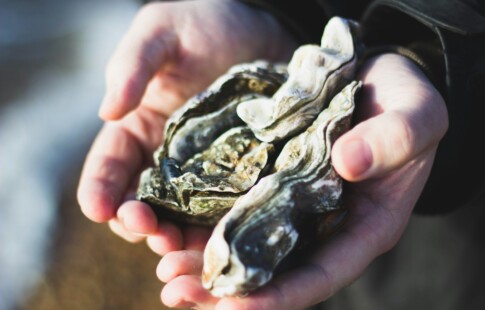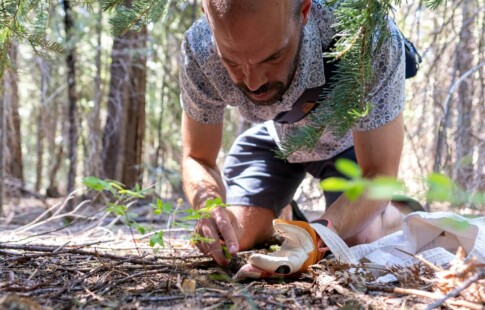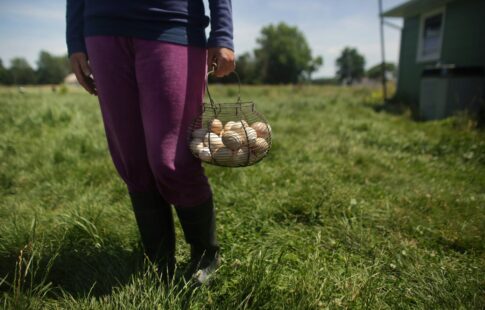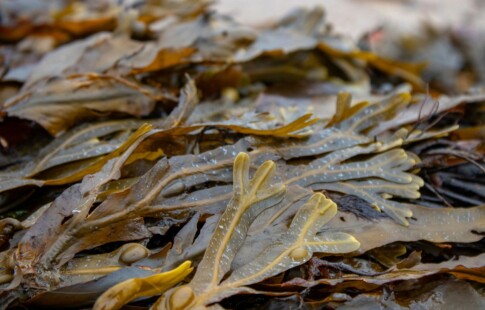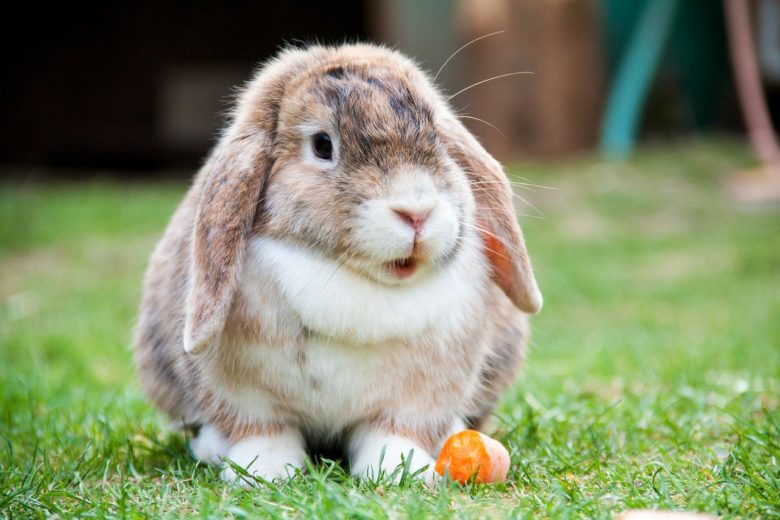
The Best Animals for Homesteading Beginners
We are reader-supported. When you buy through links on our site, we may earn affiliate commission.
Many people spend years dreaming about owning their own homestead. A homestead gives you space to spread out and live how you want to, without the pressures of neighborhood watchdogs and community rules. But what are the best animals for homesteading?
Once you finally get that homestead, the possibilities are endless. What will you grow on your land? How will you use it? You may feel inclined to start raising animals, as many homesteaders do. It’s a big step towards living on sustainable land and minimizing your carbon footprint.
The problem is that not everyone grows up on a farm, so you may not know where to start. Instead of guessing which animals you should raise, read about these animals that are the best for homesteading beginners. You’ll start off with easy and rewarding farm animals that will help you build your sustainable homesteading skills.
New Zealand Rabbits
One of the first animals homesteaders first begin to raise are rabbits. Rabbits breed and grow quickly, which has a few benefits. The main benefit is that it only takes thirty days for a rabbit to give birth. You can fill a hutch quickly at that rate and get your rabbit meat production going.
Specifically, New Zealand rabbits are the best choice for those who want them for meat. After at least three months, they grow to ten to twelve pounds and can grow larger if given time. These rabbits are also one of the most popular breeds, so you can choose to sell them if you don’t want them for meat.
As for care, rabbits require very little. Change the bedding from their hutch out once a week and keep an eye out for ear mites. Other than their food and water, they like to hide and can nibble on what they find out on the farm.
Cornish Cross Chickens
Homesteaders interested in maximizing their sustainability will want to raise Cornish Cross chickens. They’re the standard chicken grown for meat by the chicken industry, so you’ll have plenty of legs, wings and chicken breasts to store after processing.
They’re also great for making your homestead green. Free-range chickens will chase down bugs and other insects for snacks during the day, which limits how much chemical spray you need to use to prevent pests from harming your crops. They also fertilize the ground wherever they run, which means the chemical fertilizer can stay at the store and not in your soil.
Chickens also enjoy eating table scraps, since they benefit from the additional nutrients and it helps them put on weight. Another bonus for new homesteaders is that chickens are mostly independent. All you need to worry about is providing them a safe shelter and a food supply for backup.
Jersey Cows
Cows are a classic farm animal and they’ll do wonderfully on a homestead too. Jersey cows are the best for beginners, since they’re good for milk and live to be many years old.
There are a couple of things to note before bringing your first cow home. The first is that cows are herd animals. You should buy at least two if you want cows on your homestead. The second important thing to remember is that milking can be intensive if you’re not prepared for it.
Cows need to be milked twice a day, every day. If you plan to go out of town, you’ll have to find someone to milk for you. Jersey cows also produce six to ten gallons of milk per day, so it’s best to have a plan for your extra milk before your cows come home.
One big benefit of having cows is that you can rotate them with crops so you have regenerative agriculture. The cows will fertilize and mow the unused field and give it a chance to regain all of its nutrients before the next season’s planting begins.
American Yorkshire Pig
Homesteaders often want to jump into raising pigs, which can be easily done by beginners. Pigs are a sustainable animal as well. They eat any leftovers or slops that would otherwise end up in landfills and they fertilize wherever they graze.
American Yorkshire pigs are the best for new homesteaders. They grow to be 550-650 pounds at adulthood, which means there’s plenty of meat. They can also give birth to 13 piglets at a time. If you’re not comfortable with learning how to butcher, you can always pay a professional butcher to take care of the processing for you when it’s time.
Honeybees
Raising animals is a great way to use your homestead property, but it’s especially smart to raise honeybees. Honeybees pollinate your crops every spring so you don’t need to worry about their growth. Trees like apricot trees can grow twice as much fruit when nearby bees pollinate them compared to those who don’t.
Then there’s the added benefit of the honey. Because the honey is made with localized nectar, it minimizes seasonal allergic reactions because your body processes those allergens ahead of time. Plus, natural honey is always a great addition to morning toast or tea.
One thing to note about honeybees is that it will take at least a year to enjoy any of their honey. They’ll stock up only the honey they need to survive the first winter, but after that you may get thirty gallons of honey per hive multiple times during warm weather.
Consider Your Schedule
The kind of schedule you want for your homesteading life will determine which animals you start out with. If you work away from home or spend most of your day taking care of the family, rabbits and honeybees may be the best choice. Homesteaders with a bit more time to spare can get into the habit of milking their cows or feeding their pigs.
Whichever animals you choose to start your homestead, these are all great sustainable choices. Recycle used paper with rabbits, fertilize your land with cows or toss scraps to pigs to make your homestead a greener place to live.
Share on
Like what you read? Join other Environment.co readers!
Get the latest updates on our planet by subscribing to the Environment.co newsletter!
About the author

Jane Marsh
Starting from an early age, Jane Marsh loved all animals and became a budding environmentalist. Now, Jane works as the Editor-in-Chief of Environment.co where she covers topics related to climate policy, renewable energy, the food industry, and more.

